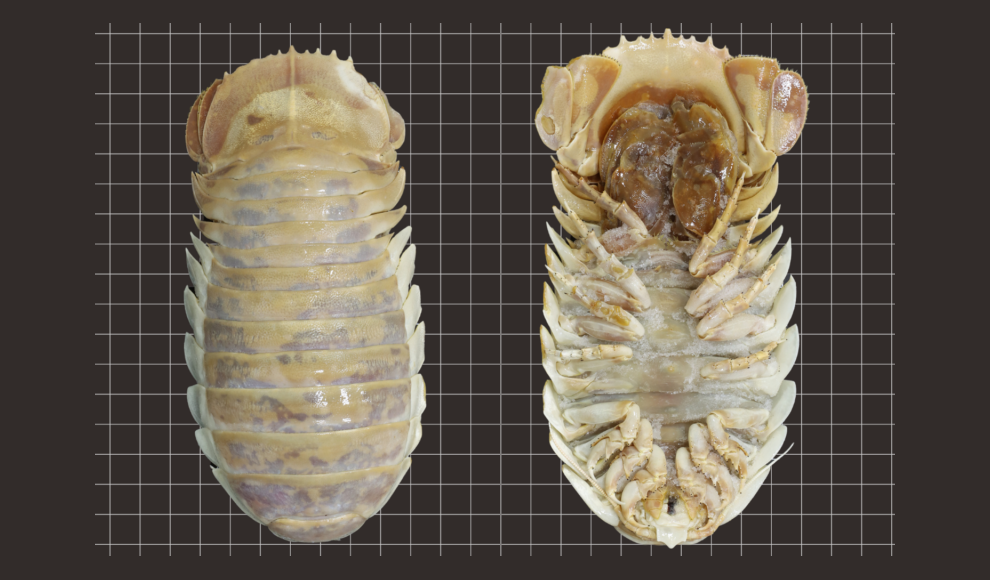In the Gulf of Mexico, a giant sea pillbug has been discovered that is much larger than the typical pillbug. According to marine biologists, only about five percent of deep-sea species have been discovered so far, which means that new animals are regularly being found. Researchers from the National University of Tainan (NUTN) have found a new species of sea pillbug (Bathonymus yucatanensis) in the Gulf of Mexico, according to the Taylor & Francis Group. Sea pillbugs (Bathonymus) are distant relatives of crustaceans such as crabs, shrimp, and lobsters. These primitive animals live mainly in the deep sea and feed on decaying material.
The discovery of the new species was made after researchers initially thought that the 26-centimeter-long specimen was a variant of one of the largest sea pillbugs, Bathonymus giganteus. However, detailed examinations revealed that the specimen had unique characteristics and therefore belonged to a different species. Compared to B. giganteus, B. yucatanensis has slimmer body proportions, is shorter, has slimmer legs, and longer antennae. Both species have the same number of spines at the end of their bodies. Further genetic examinations confirmed B. yucatanensis as a new species that is closest to B. giganteus.
This discovery is significant because it adds to our understanding of the diversity of deep-sea species. It also highlights the importance of continued research in this area, as there is still so much to learn about the creatures that inhabit the deep sea. As marine biologist Sylvia Earle once said, “The ocean is the life support system for the planet, providing 97 percent of the Earth’s livable habitat.” Therefore, it is crucial that we continue to explore and understand the mysteries of the deep sea.










